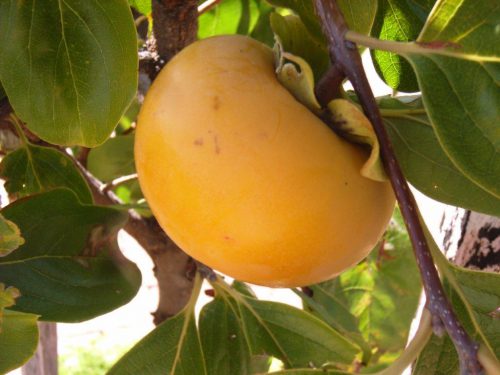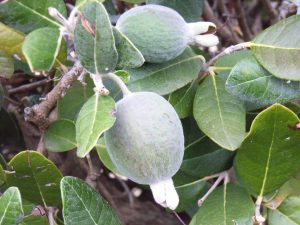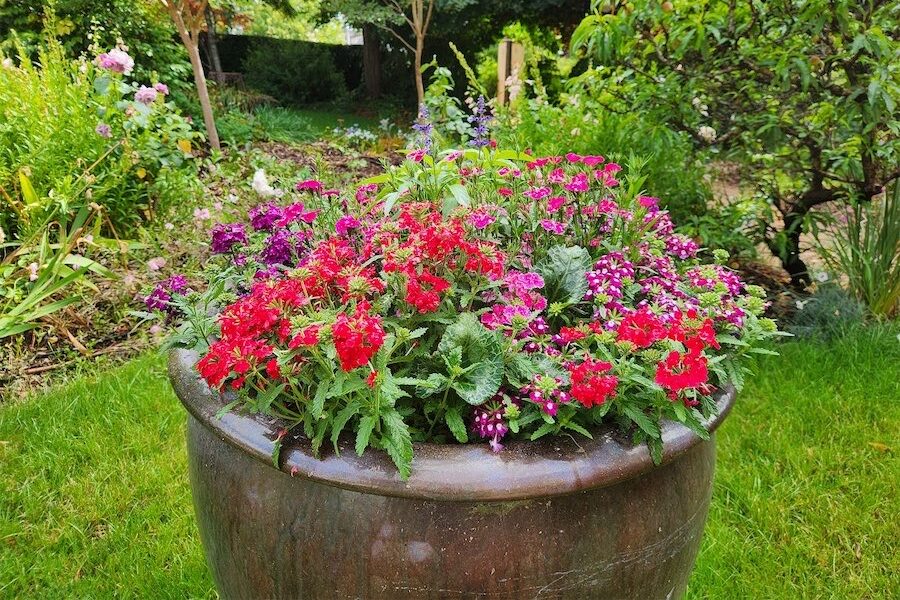
WHEN planting fruit trees it is of the utmost importance to be aware of cross pollination.

For bees to transfer pollen from one tree’s flowers to the next it’s essential for the trees to flower at the same time.
For example, Granny Smith apples need Gala, Golden Delicious or Pink Lady to cross pollinate and with pears Beurre Bosc will cross pollinate with Williams or Sensation.
Nectarines, peaches and apricots are self-pollinating and don’t need a second tree. Likewise Feijoa sellowiana or persimmons with their delicious fruit that I’m picking and eating now. Figs are so expensive at the markets and yet are so easy to grow, even in a large container. I recommend Brown Turkey.
WHEN planting trees, it’s advisable to dig square rather than round holes, which helps roots to spread out naturally.
Typically, the roots of bought trees were pruned when being lifted from the ground by the grower. However, there may be a few long, scraggly roots that still need trimming with sharp secateurs to suit the hole.
One controversial point that other professionals and I disagree with some garden centres is the question of pruning at planting time.

Many garden centres recommend reducing the branches by about a third to compensate for the roots being pruned when dug out of the ground.
But I recommend that no pruning is done for the first growing year. The tree has already had one shock with severe root pruning by the grower.
Previously, garden centres used to put newly arrived trees into trenches and covered the roots with soil to prevent them drying out.
Today most garden centres pot up trees as soon as they arrive, which makes sense as they can then be sold throughout the year. This may mean that the roots are further pruned to fit into the pots. So they don’t need another setback from additional pruning at planting time. They can easily be pruned and shaped the following winter.
When planting a tree, firm the soil around the roots while at the same time keeping the graft above the soil level. This is usually indicated by a large lump near the base of the trunk. Form a bank around the tree to hold at least a nine-litre bucket of water.
Water in new tree/s on planting. This will reduce air pockets around the roots. Add Maxicrop Seaweed Plant Nutrient, which specifically promotes root growth.
 IN an excellent illustrated talk recently John Grubb, training manager of the ACT Beekeepers Association, emphasised the importance of bees along with frogs as two important indicators of climate change.
IN an excellent illustrated talk recently John Grubb, training manager of the ACT Beekeepers Association, emphasised the importance of bees along with frogs as two important indicators of climate change.
On the same theme, I highly recommend “The Bee Friendly Garden” (Murdoch Books, $45) by Doug Purdie, which lists the right flowers to grow for bees. It is especially useful for anyone intending to grow or have fruit trees of any sort.
This and other excellent books on bees are available at the National Botanic Gardens bookshop. And if any garden club is looking for a great and entertaining speaker, John’s the one.
Jottings…
- Repeating previous advice; ensure pots have holes in the bottom for drainage.
- Buy summer-flowering bulbs, such as lilliums, gladioli and galtonia candicans (summer hyacinth).
- Plant peonies now.
- Sharpen secateurs ahead of pruning.
Who can be trusted?
In a world of spin and confusion, there’s never been a more important time to support independent journalism in Canberra.
If you trust our work online and want to enforce the power of independent voices, I invite you to make a small contribution.
Every dollar of support is invested back into our journalism to help keep citynews.com.au strong and free.
Thank you,
Ian Meikle, editor








Leave a Reply